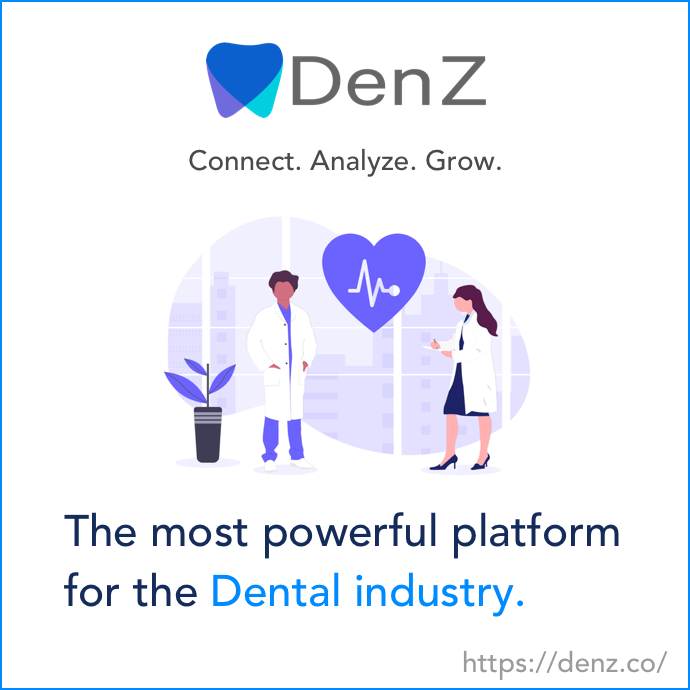Chris Mahl is President and Chief Executive Officer at Pryon. With more than two decades of experience at some of the world’s most well-known enterprise software companies, Chris specializes in scaling go-to-market and operational strategies for technology companies at all stages of growth.
Pryon provides a trusted, safe,
and proven path to implementing generative AI in enterprises. Pryon’s best-in-class ingestion and retrieval engines can be paired with generative LLMs to implement retrieval-augmented generation and securely provide accurate, instant, and verifiable answers at enterprise scale.
Using industry-leading retrieval technology, Pryon RAG Suite securely extracts answers from all forms of content, including audio, images, text, and video, stored in a myriad of sources. Pryon’s products are intuitive to use, accessible via API from any system, and can be deployed in a matter of weeks in the cloud or on-premises.
Pryon focuses on Retrieval-Augmented Generation (RAG). Can you explain how your approach to retrieval differs from other AI-powered search and knowledge management systems?
Pryon’s approach to retrieval stands out because our Retrieval Engine is able to access content in real-time from diverse sources like PDFs, images, webpages, and videos while maintaining data privacy without external dependencies. We’ve combined semantic search with granular data attribution to achieve over 90% retrieval accuracy. Unlike many systems, ours scales effectively for large organizations, allowing teams to make fast, precise decisions based on their existing knowledge base.
The Pryon Ingestion Engine is designed to structure vast quantities of multimodal content. What makes your ingestion process unique, and how does it enhance retrieval accuracy?
Pryon’s ingestion can handle multimodal content—extracting answers from audio, images, text, and video across various sources. This addresses the fundamental problem of disconnected data in enterprises. With unstructured data growing over 50% annually, our ingestion engine transforms scattered information into structured, actionable knowledge. The process is designed for security and privacy, keeping sensitive enterprise data protected while making it immediately useful.
Your Retrieval Engine promises instant, accurate, and verifiable answers. How does Pryon ensure accuracy and minimize hallucinations when extracting information?
Pryon ensures accuracy and minimizes hallucinations through several mechanisms. Our technology combines semantic search with granular data attribution, which means answers can be traced back to their specific sources. This attribution is critical for verification. The system accesses content in real-time from original sources rather than relying on potentially outdated or incomplete knowledge bases. This direct connection to source materials, coupled with our high retrieval accuracy (over 90%), significantly reduces the risk of hallucinations that plague many generative AI systems.
How does Pryon handle real-time updates to information, especially in dynamic environments like government, energy, and healthcare?
Pryon ensures real-time access to the most up-to-date information through flexible, on-demand content synchronization. Users can trigger content syncs as needed via our Admin portal or automate updates using our Sync-API on a scheduled basis—whether weekly, daily, or even hourly, depending on operational needs. Our delta-checking process optimizes efficiency by updating only changed content, ensuring fast, accurate, and resource-efficient knowledge retrieval in mission-critical settings like government, energy, and healthcare.
Pryon works with government and defense agencies. While details are often classified, can you discuss a use case where your AI significantly improved decision-making or operational efficiency?
Pryon works with a range of defense and intelligence agencies, including the Air Force Research Laboratory (AFRL) and the Chief Digital and Artificial Intelligence Office (CDAO), to help streamline operations and enable faster, more informed decision-making.
One powerful example is our collaboration with the U.S. Department of the Air Force’s Digital Transformation Office (DAF DTO). This team supports acquisition and sustainment personnel who often need to find critical information buried across hundreds of thousands of webpages and documents. Together, we launched DTO Wingman, an AI-powered assistant that delivers accurate, real-time answers to complex questions—complete with source attribution.
Instead of manually searching for policy documents or regulations, users can simply ask questions like, “What am I authorized to purchase with my travel card?” or “What is the Digital Building Code and how does it relate to acquisitions?” The AI returns precise responses and even helps generate reports and presentation materials quickly.
By giving Air Force and Space Force personnel immediate access to trusted answers, DTO Wingman is helping teams work more efficiently and provide reliable, timely guidance to senior personnel and decision-makers.
Your work in life sciences mentions AI-assisted research. How does Pryon’s system help researchers navigate vast datasets like PubMed or private research repositories?
Pryon’s system helps researchers navigate vast datasets like PubMed or private research repositories through several key capabilities.
Enhanced research quality:
- Reduced Human Error: Systematic retrieval of up-to-date data ensures fewer missed articles or overlooked evidence.
- Backed by Evidence: Every answer is grounded in the original literature, fostering data-driven conclusions, sourced back to the sentence it came from.
Protection over highly sensitive content:
- Confidentiality: Maintains strict access controls and data encryption, essential for proprietary or patient-related datasets.
- Compliance: With data governed under regulations like HIPAA or GDPR, researchers can trust that sensitive information is protected.
For customer service and sales, how does Pryon’s AI compare to traditional chatbot and CRM solutions in terms of increasing efficiency and reducing support load?
Customer service/sales interactions usually have to balance accuracy & flexibility of their chatbot/CRM solutions. Since giving an incorrect answer to a customer is unacceptable and can have legal implications, many chatbot providers and traditional conversational AI solutions opt to limit the flexibility of the solution with hard deterministic ‘FAQ only’ style interactions.
This is a pain for the vendor, requiring manual coding of specific answers to common questions, and provides a poor experience for the customer, who has the interface of a chatbot- but an entirely inflexible experience that is hardly different from reading an FAQ. Other vendors opt to try to use a more flexible generative experience with less bounds on the LLM, however due to a lack of precise retrieval this involves stuffing whole product catalogs or webpages into the context window of the LLM, decreasing the accuracy of the output, potentially disastrously.
The art and science of RAG is about maximizing signal (truth) and minimizing noise (irrelevant context that often confuses the LLM). The precision of Pryon’s retrieval – able to source a specific sentence level answer across all your documents means customer service and sales no longer have to compromise accuracy for flexibility.
What do you see as the biggest challenges in enterprise AI adoption today, particularly with RAG-based systems?
While certainly something we find in our own interactions with the market, it is also increasingly well recognized that ‘AI-ready data’ (or the lack thereof) is the single largest point of failure for AI deployments.
- 91% of executives in a Harvard Business Review survey said a reliable data foundation is essential for successful AI deployment.
- McKinsey found that 70% of GenAI initiatives face challenges related to data, with only 1% of an enterprise’s important data reflected in today’s models.
- The Wall Street Journal cited reliability as the #1 concern for AI agent adoption—an issue closely tied to data quality and accessibility.
- Gartner identified the lack of GenAI-ready data as the top reason for failed deployments.
AI-ready data goes beyond just vectorizing your word documents – it’s about unifying your siloed sources, working with complex formats like multimodal inputs, cleaning your data, enhancing your data, getting it into a format LLMs can work with, chunking it at the right level of granularity to maintain optimal accuracy and keep costs down, indexing it intelligently, connecting it to a performant retrieval system, etc.
These are large challenges that require dedicated competencies and tools- in a survey of RAG builders developing solutions inside large enterprises that Pryon ran, data preparation ranked as the number one most expensive, time consuming and technically challenging part of the build, closely followed by information retrieval.
How do you differentiate Pryon’s RAG Suite from enterprise solutions offered by Microsoft, Google, or OpenAI?
Specific differentiation varies from player to player, but at a high level the large tech players are focused on being the ‘interface’ to AI at work. Pryon focuses at a more fundamental level of the stack – the knowledge layer. Pryon solves the deep problems of data preparation and retrieval whereas the large tech players are focused on providing broad AI solutions that can serve some simple RAG use cases but often fall apart as the real life complexities of enterprise and government use cases. Pryon can also be complimentary with these systems, with the content generated by Copilot, Gemini, or GPT plugging into the Pryon Knowledge Layer to be organized and made ready for use by downstream applications and agents.
With AI regulations evolving, such as the EU AI Act and U.S. AI guidelines, how does Pryon approach compliance and ethical AI use?
As AI regulations evolve globally, Pryon remains committed to compliance and ethical AI deployment. Our approach aligns with frameworks like the EU AI Act, U.S. AI guidelines, and the Department of Defense’s Responsible AI (RAI) principles, ensuring our AI solutions are trustworthy, transparent, and governable. Through adherence to the RAI SHIELD framework, we integrate rigorous evaluation, traceability, and continuous monitoring across the AI lifecycle—prioritizing security, fairness, and performance. By embedding these best practices into our deployment methodology, Pryon empowers organizations to harness AI responsibly while meeting the highest regulatory and ethical standards.
Thank you for the great interview, readers who wish to learn more should visit Pryon.
Credit: Source link






































